[tldr]
- At 41 years old, Joseph Maroon was a highly accomplished neurosurgeon. At 42, he was working in a truck stop, had gained so much weight that he struggled to breathe, and was too depressed to get out of bed most days.
- Maroon beat his depression, and has gone on to become one of the best neurosurgeons in the world. This article covers four science-backed tools Maroon used to beat depression.
- Getting out of depression is exceptionally difficult, but you have more strength in you than you think. Exercise, stable circadian rhythm, honest mindfulness, and working hard toward meaningful goals can beat depression and help you find more resilience in yourself than you thought possible.
[/tldr]
At 41 years old, Joseph Maroon was a highly accomplished neurosurgeon. He was chief of surgery at a prestigious hospital, he had money, he was healthy, he was helping people — he’d achieved his biggest personal and professional goals.
That all changed overnight. In his Bulletproof Radio Podcast episode [iTunes], Maroon describes the biggest downward spiral of his life.
“One day, my father died,” Maroon explains. “My family broke up. I was doing brain surgery in the hospital one week. The next week I literally did not have the ability or strength or resilience to continue.”
One year later, he was working at a truck stop. He had gained weight to the point where he had trouble breathing. He had lost friends and colleagues. He was so depressed that most days he struggled to get out of bed.
Maroon’s fall from grace taught him perhaps the most valuable lesson he’s ever learned: how to climb out of suffering and beat depression, step-by-step, until you’re exceptionally strong.
Related: How to Fight Depression Without Medication
You can beat depression
Today, Maroon is one of the most celebrated neurosurgeons in the world. He’s also an advocate for changing the way society views depression. He believes that, in the majority of cases, you can work your way out of depression and create happiness and stability in your life.
Fighting depression is not easy — pulling yourself out of darkness requires extraordinary strength — but in the process, you can build a depth of resilience you may not have thought possible. You’re capable of far more than you think. Here’s how to take depression into your own hands.
First, though, a quick disclaimer: this article is not suggesting you get off antidepressants or any other medication. Doing so without a doctor’s supervision can be disastrous. Incorporate these tools into your life to beat depression, and if you feel you can, talk to your doctor about gradually tapering off your medication.
Related: Is there a Connection Between Brain Health and Depression?
Move your body every day
After his father died, Maroon spiraled to the point where he was too depressed to get out of bed. Exercise is what saved him and helped him beat depression.
“[A friend] called me one day and said, ‘Hey Joe, let’s go for a run,’” Maroon recalls. “We went to the high school track in Wheeling, West Virginia. I made it around four times and said, ‘Never again. I’m exhausted.’ But that was the first night I slept in probably three or four months.
“A light bulb went off. The next day I went down to the track and did a mile and a quarter. Then a mile and a half, then two, then five.”
Today, at 79 years old, Maroon does Ironman Triathlons — a 2.4-mile swim, 112-mile bike ride, and a full 26.2-mile marathon, all back-to-back. Exercise was the first thing that helped him start to work his way out of depression, and he’s made it a staple of his life ever since.
Lots of research backs up Maroon’s experience. Consistent exercise is as effective as an antidepressant at treating depression, and long-term, exercise is more effective than medication at preventing relapse into depression[ref url=”https://www.ncbi.nlm.nih.gov/pubmed/11020092″][ref url=”https://www.ncbi.nlm.nih.gov/pmc/articles/PMC3448908/”].
Related: If You’re Depressed, These Workouts Can Help
Exercise relieves depression in the short-term, too. A single workout rewires your brain for happiness and relaxation. Exercise releases feel-good endorphins (the same chemicals responsible for a “runner’s high”) that immediately lift your mood and create a feeling of calm euphoria[ref url=”https://www.ncbi.nlm.nih.gov/pmc/articles/PMC3632802/”][ref url=”https://www.ncbi.nlm.nih.gov/pubmed/6091217″]. Working out also immediately increases serotonin, the target of antidepressants, and can rapidly lift the cloud of depression[ref url=”https://www.ncbi.nlm.nih.gov/pmc/articles/PMC2077351/”]. Finally, exercise increases norepinephrine, which increases your ability to deal with stress[ref url=”https://www.ncbi.nlm.nih.gov/pubmed/24032709″]. In rodents, increasing norepinephrine reverses learned helplessness (the idea that you’re stuck in a bad situation and have no hope of getting out of it)[ref url=”https://www.ncbi.nlm.nih.gov/pubmed/8255916/”].
And research aside, exercise gives you a sense of accomplishment. It’s tangible proof that you can overcome a challenge and become physically and mentally stronger, day by day.
It can be tremendously difficult to start working out when you’re depressed. Do it anyway, even if it’s the only thing you do all day, and you only run two blocks and head back.
Related: Mood-boosting supplements for depression, anxiety and stress
Wake up at the same time every morning
Depression often messes with your sleep schedule. About 75 percent of depressed people have insomnia, and about 40 percent have hypersomnia (sleeping for many hours a day and still feeling tired)[ref url=”https://www.ncbi.nlm.nih.gov/pmc/articles/PMC3181883/”].
Waking up at different times every day confuses your biology. It stops producing hormones and brain chemicals at the right daily intervals, which can lead to further depression[ref url=”https://www.ncbi.nlm.nih.gov/pmc/articles/PMC3630972/”].
Getting your body on a structured sleep schedule can make a bigger difference than you might think. One of the most effective non-pharmacological treatments to beat depression is getting patients on a consistent sleep-wake cycle[ref url=”https://www.ncbi.nlm.nih.gov/pmc/articles/PMC3181887/”]. Waking up at a set time is more important than going to bed at a set time.
You don’t have to wake up early if it doesn’t feel right to you. Just pick a time and stick to it, whether it’s 6 AM or 10 AM. The first couple days will be a real challenge. You’ll probably wake up feeling groggy, especially if you’re dealing with insomnia, and you may be exhausted throughout the day. But if you can just set an alarm and get out of bed when it goes off, you can cause major shifts in your body that gear you toward happiness and stability.
Pro tip: if you really struggle with getting up when your alarm goes off, buy an old-fashioned alarm clock, set it, and put it in the bathroom. That way you can’t stay in bed and hit the snooze button.
Don’t underestimate the power of routine when you’re depressed. Get on a steady sleep schedule and add some structure to your day.
Related: The Best Sleep Supplements: Fall Asleep Fast with Biochemistry
Practice spirituality or mindfulness of some kind
Before you skip this section: mindfulness doesn’t have to be religion, and you don’t have to believe in anything metaphysical (although you certainly can).
For Maroon, it was Buddhism that gave him perspective on his depression.
“I thought of quitting life and had self-destructive thoughts. I was in a very, very bad, dark place…[For me], the most important thing is Buddhist awareness, mindfulness, having insight into where you are on a daily basis.”
Buddhism’s central tenet is that life is suffering. If you think about it for a moment, it’s pretty evident that the Buddhists were spot-on: life is painful and difficult, and it doesn’t get easier. When you’re depressed, that pain can feel overwhelming. It’s easy to fall into a victim’s mindset and lament all the bad things in your life. It’s also tempting to wish for things to be easier.
For Buddhists, the response is mindfulness: sitting with the pain of existence until it’s no longer overwhelming. Mindfulness works; Buddhist monks are consistently happier than the average person, and are able to cope with stress far better, too[ref url=”https://www.ncbi.nlm.nih.gov/pubmed/21391415″]. This is despite the fact that monks live a brutally spartan life. They eat very little, have almost no stimulation in their lives, wake up at 4 AM every morning, often have inadequate housing and minimal protection from the elements, and so on.
Life isn’t going to be easy, but you can make yourself strong enough to handle the suffering it brings you. We’re not suggesting you make your life as austere as a Buddhist monk’s. Instead, try a simple mindfulness meditation, where you focus on your breath going in and out for 5-10 minutes. Your mind will likely bring up all kinds of restlessness and horrible thoughts. Let them be, be patient with yourself, and stay focused on your breath. Every time you sit with your challenges — observing them instead of judging them — you’ll increase your capacity to deal with hardship.
Get started with this 30-day meditation challenge. It includes both guided and unguided meditations that will bring you into the present moment and make you stronger.
Set goals (no matter how small) and work hard toward them
Maroon’s final tool for overcoming depression is work.
Set a goal for yourself and work hard toward it. If you’re so depressed that you can’t get out of bed, make your goal getting out of bed and going for a walk or run.
If going to a coffee shop gives you overwhelming anxiety, make your goal to go to that shop and order a coffee every morning, until you can handle that anxiety without letting it take you over.
There are two things that happen when you set goals. The first is that you voluntarily face challenges in your life, which changes the dynamic from being a victim of difficult things to being someone who overcomes them. Research on people with phobias (irrational terror in response to things or situations) shows that the best way to overcome a phobia is to gradually expose yourself to it. Brain scans show that the terror doesn’t decrease; the person’s ability to handle the terror increases[ref url=”https://www.ncbi.nlm.nih.gov/pmc/articles/PMC3384187/”].
In other words, when you face challenges in your life, the challenges don’t get easier. You get stronger, to the point where you can handle them. This is where the second benefit of goals comes in. Setting a goal and achieving it means overcoming obstacles between you and that goal. Learn more here about how to set goals and actually achieve them.
Overcoming things infuses your life with a deep sense of meaning[ref url=”https://www.ncbi.nlm.nih.gov/pmc/articles/PMC3149846/”]. Working hard to overcome challenges makes people happier in a way that lasts, and builds permanent resilience to future challenges[ref url=”https://www.ncbi.nlm.nih.gov/pmc/articles/PMC3132556/”]. You also show yourself that you’re capable of more than you thought, which increases self-worth and is one of the leading ways to combat depression long-term[ref url=”https://www.ncbi.nlm.nih.gov/pubmed/11488379″].
Basically, beating depression will be hard. It’ll be a battle, and anyone who tells you otherwise isn’t being straightforward with you. But you can do it. If you’re depressed right now, push yourself to do something challenging, no matter how small, and build from there. You’ll find that you’re a lot stronger than you thought.

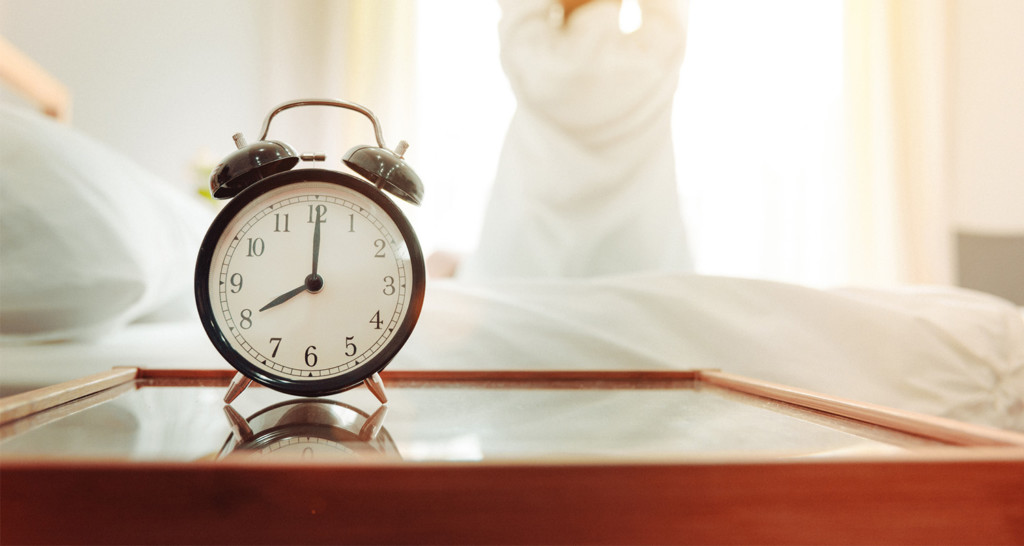


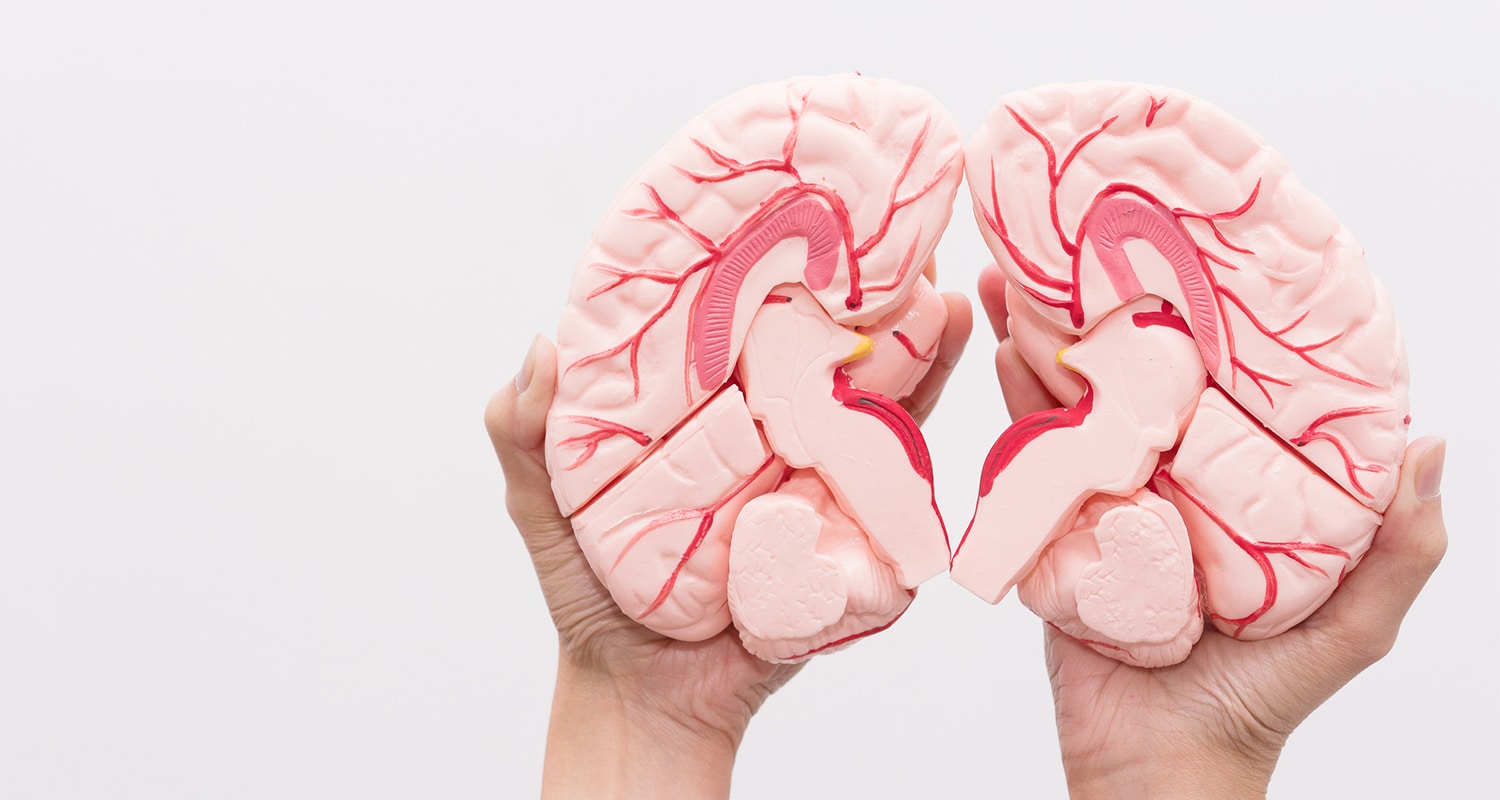 Melatonin is a multitasking hormone produced by the brain’s pinecone-shaped pineal gland.[ref url=”https://www.ncbi.nlm.nih.gov/pmc/articles/PMC4334454/”]
Melatonin is a multitasking hormone produced by the brain’s pinecone-shaped pineal gland.[ref url=”https://www.ncbi.nlm.nih.gov/pmc/articles/PMC4334454/”]
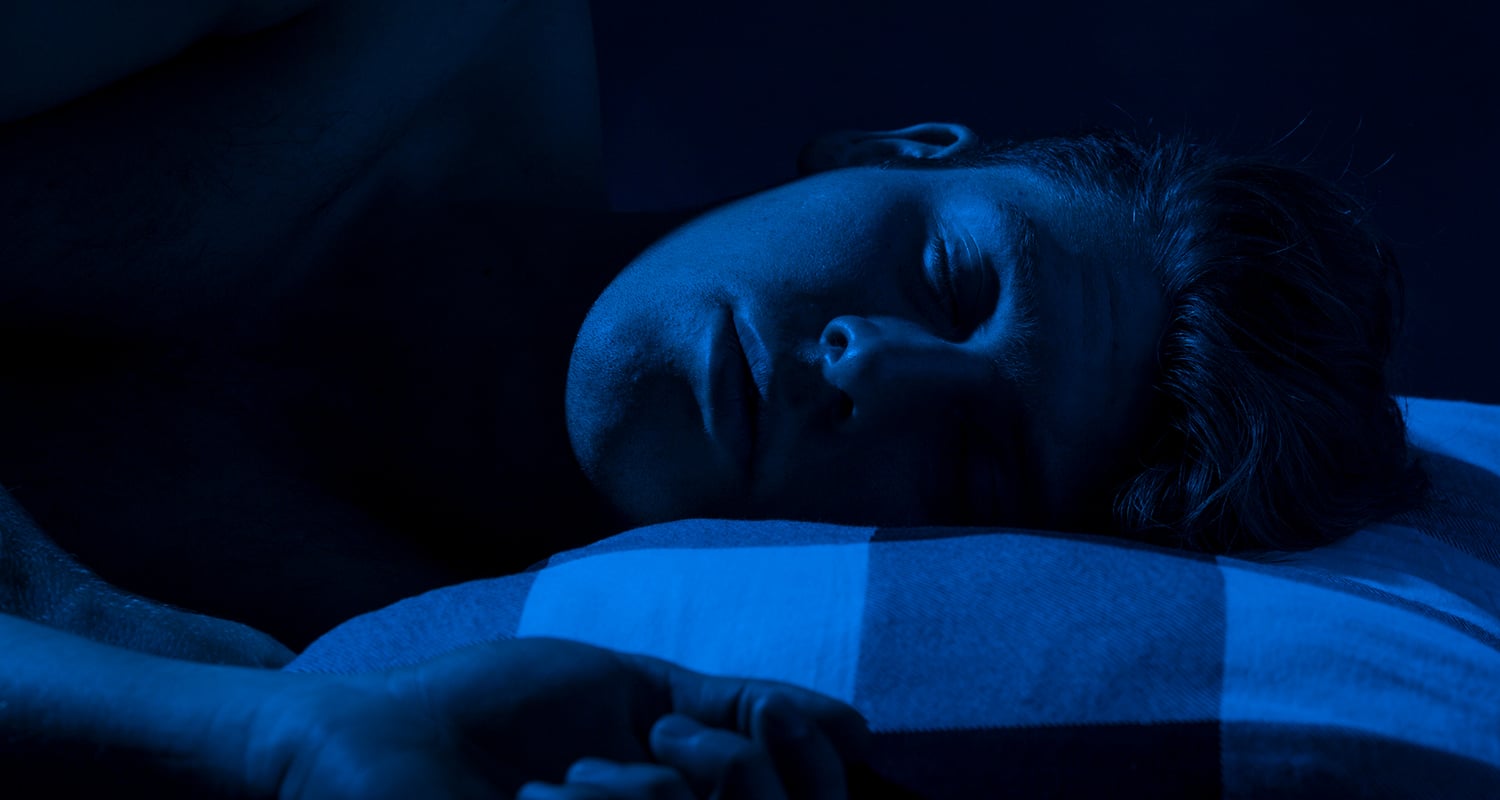 Melatonin is controlled by light and darkness. When we’re awake and the sun’s out, we don’t produce any melatonin. But at night, the onset of darkness signals to our pineal gland to release melatonin into the bloodstream. Your melatonin levels begin to increase about two hours before you go to bed, typically around 9 p.m., and peak about five hours later. As melatonin levels rise throughout our body — it’s found in a variety of our organs, including our eyes, bones, ovaries/testes and gut — our body knows it’s time to drift off to Slumber Town.[ref url=”https://www.ncbi.nlm.nih.gov/pmc/articles/PMC4334454/”]
Melatonin is controlled by light and darkness. When we’re awake and the sun’s out, we don’t produce any melatonin. But at night, the onset of darkness signals to our pineal gland to release melatonin into the bloodstream. Your melatonin levels begin to increase about two hours before you go to bed, typically around 9 p.m., and peak about five hours later. As melatonin levels rise throughout our body — it’s found in a variety of our organs, including our eyes, bones, ovaries/testes and gut — our body knows it’s time to drift off to Slumber Town.[ref url=”https://www.ncbi.nlm.nih.gov/pmc/articles/PMC4334454/”]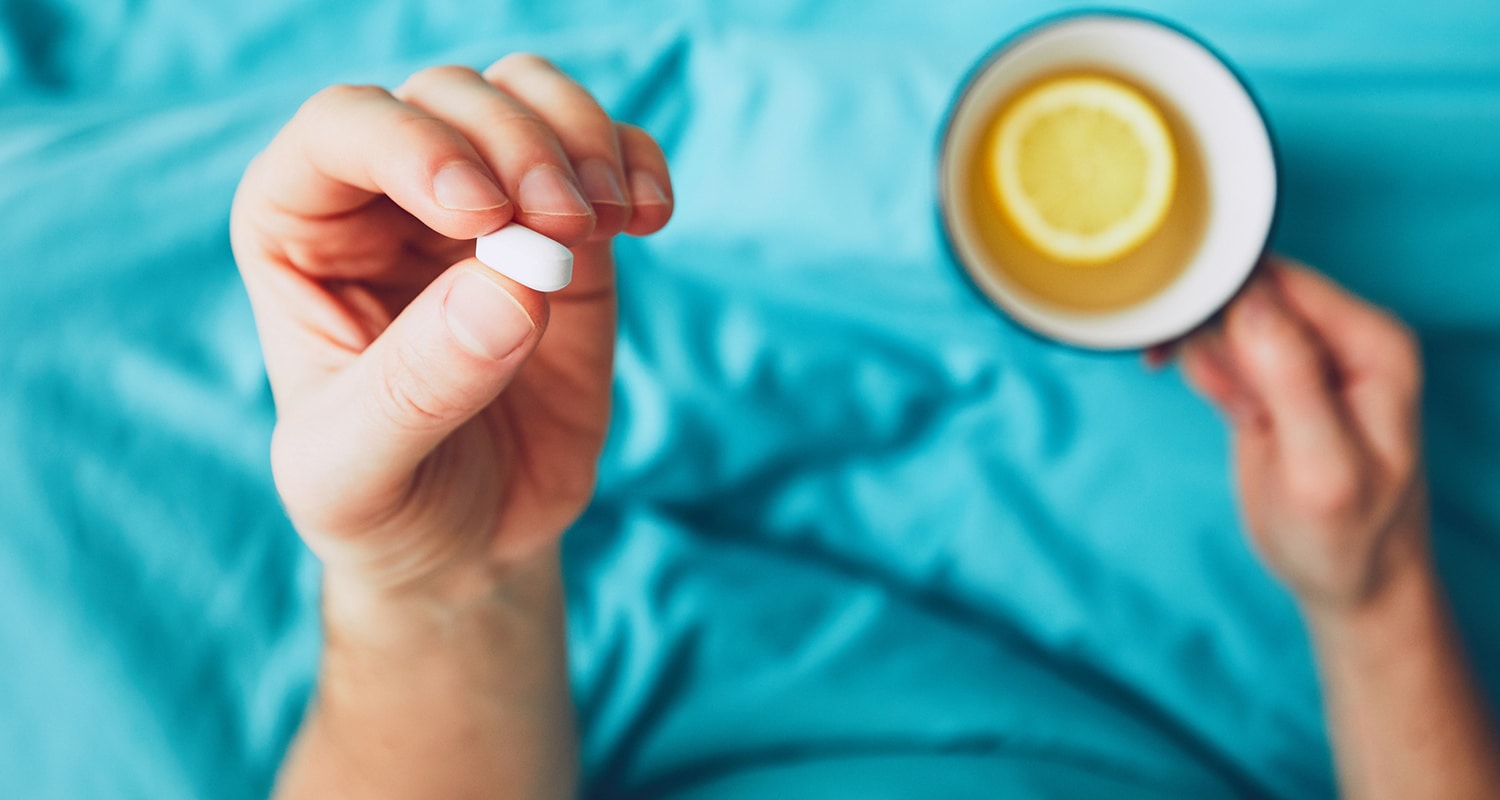 Humans aren’t the only organism that produces melatonin. It’s also found in meat (eggs and fish are particularly high in melatonin compared to other animal products)[ref url=”https://www.ncbi.nlm.nih.gov/pmc/articles/PMC5409706/”]
Humans aren’t the only organism that produces melatonin. It’s also found in meat (eggs and fish are particularly high in melatonin compared to other animal products)[ref url=”https://www.ncbi.nlm.nih.gov/pmc/articles/PMC5409706/”]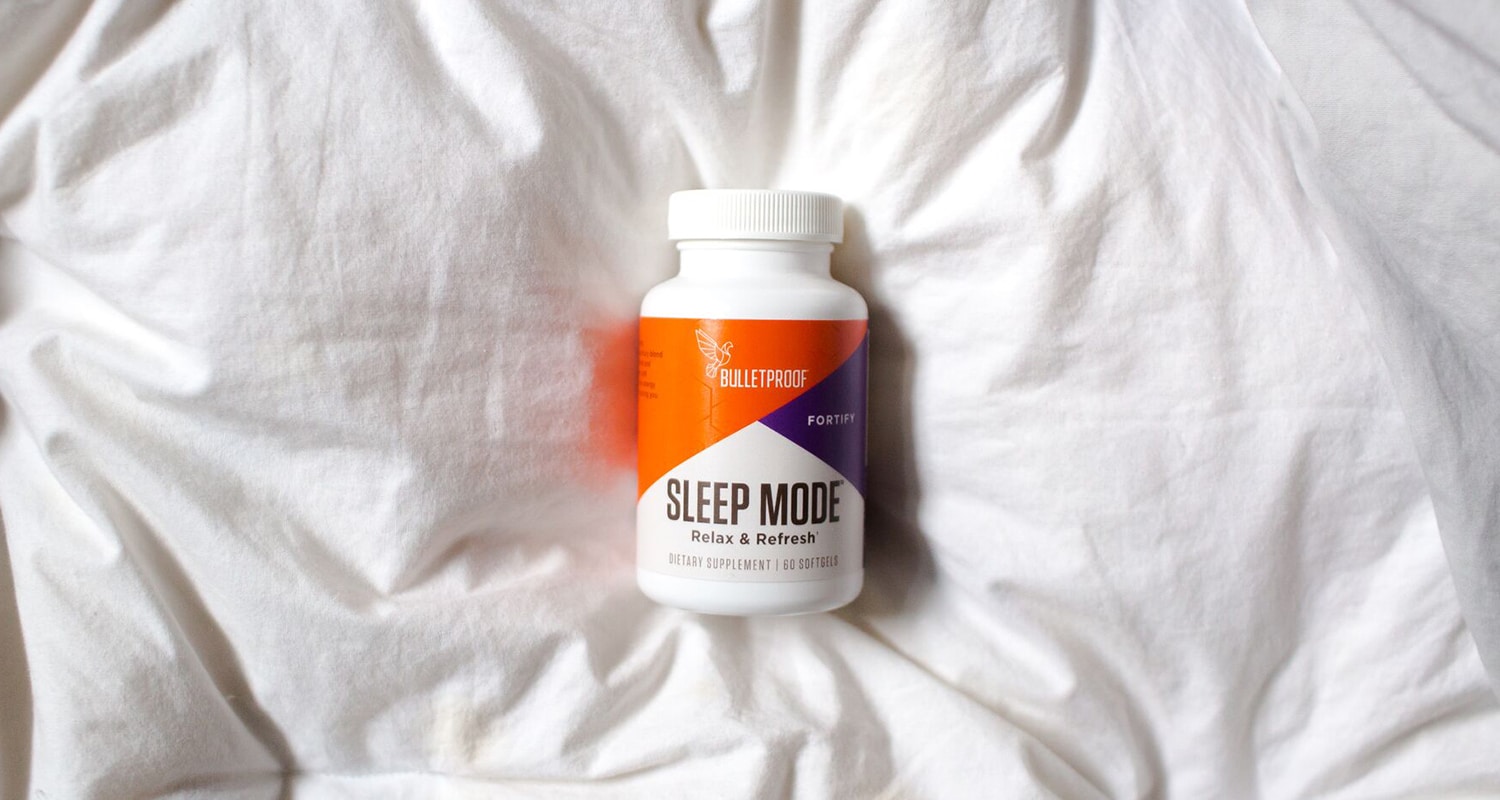 To get the most out of melatonin supplements, take them one to two hours before you hit the sack.[ref url=”https://febs.onlinelibrary.wiley.com/doi/full/10.1111/j.1742-4658.2006.05322.x”][ref url=”https://www.tandfonline.com/doi/full/10.1080/01616412.2017.1315864″][ref url=”https://journals.sagepub.com/doi/pdf/10.1177/0748730403256796″]
To get the most out of melatonin supplements, take them one to two hours before you hit the sack.[ref url=”https://febs.onlinelibrary.wiley.com/doi/full/10.1111/j.1742-4658.2006.05322.x”][ref url=”https://www.tandfonline.com/doi/full/10.1080/01616412.2017.1315864″][ref url=”https://journals.sagepub.com/doi/pdf/10.1177/0748730403256796″] 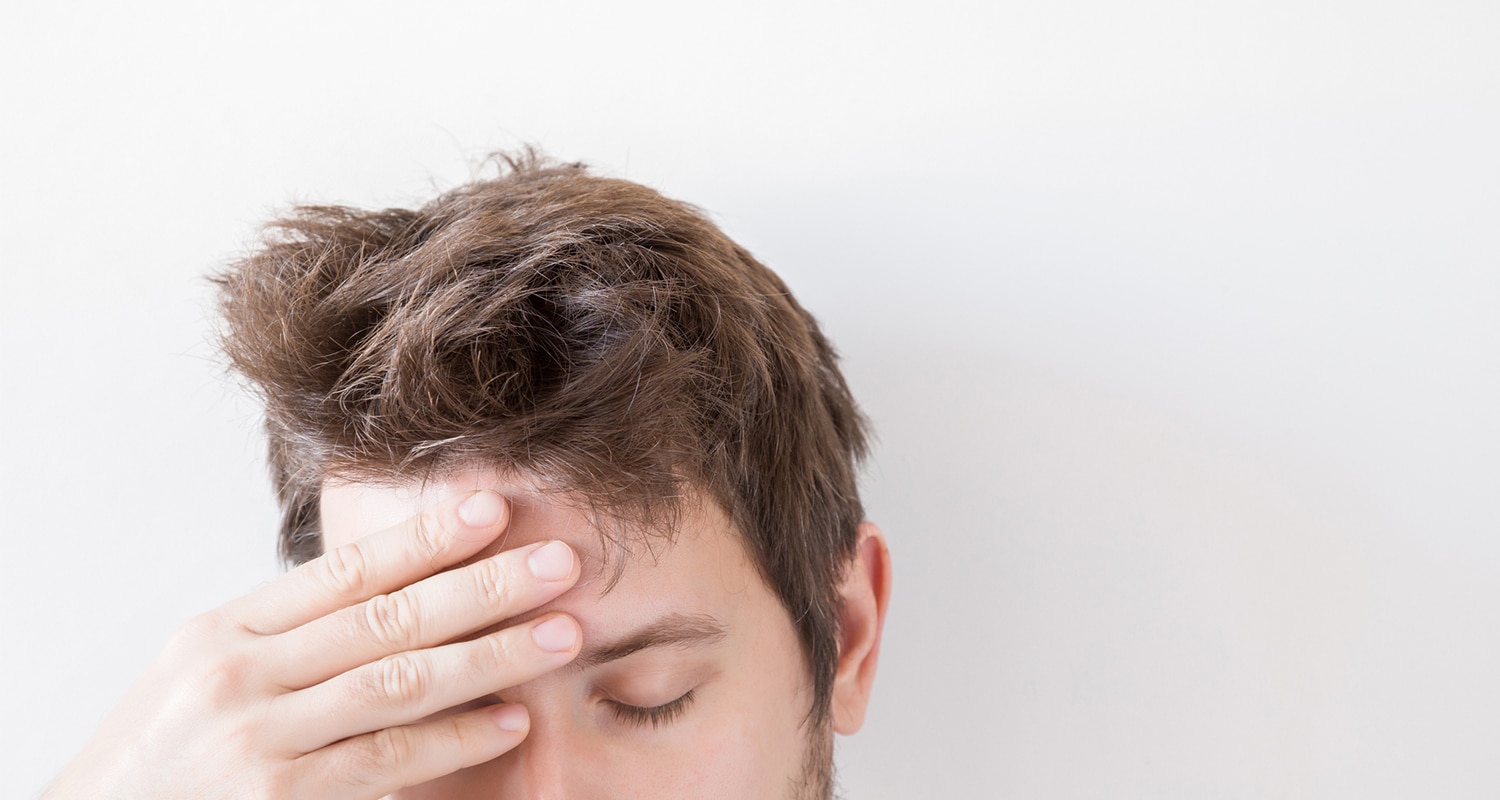 Overall, the side effects of melatonin are pretty toothless. Unlike other sleep aids, like benzodiazepines and z-drugs (think: Ambien and Lunesta), melatonin does not cause dependence or withdrawal symptoms.[ref url=”https://www.ncbi.nlm.nih.gov/pmc/articles/PMC4334454/”]
Overall, the side effects of melatonin are pretty toothless. Unlike other sleep aids, like benzodiazepines and z-drugs (think: Ambien and Lunesta), melatonin does not cause dependence or withdrawal symptoms.[ref url=”https://www.ncbi.nlm.nih.gov/pmc/articles/PMC4334454/”]  Even though the overwhelming verdict is that melatonin is safe, you can have too much of a good thing. Overdosing on melatonin has not been shown to be fatal, but it can produce the aforementioned side effects, like dizziness and grogginess. In one known case, after taking 24 milligrams of melatonin (that’s eight times more than the standard dose and
Even though the overwhelming verdict is that melatonin is safe, you can have too much of a good thing. Overdosing on melatonin has not been shown to be fatal, but it can produce the aforementioned side effects, like dizziness and grogginess. In one known case, after taking 24 milligrams of melatonin (that’s eight times more than the standard dose and 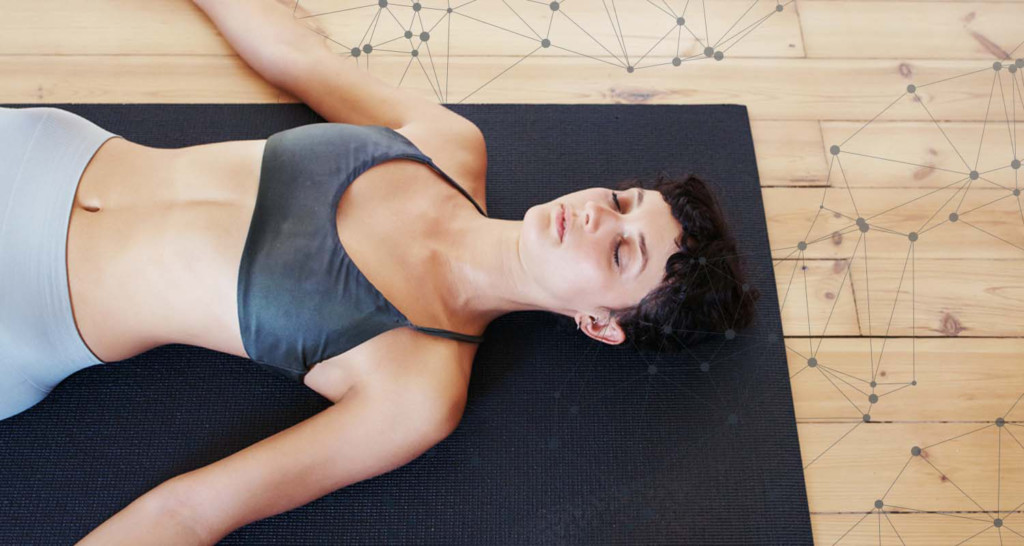


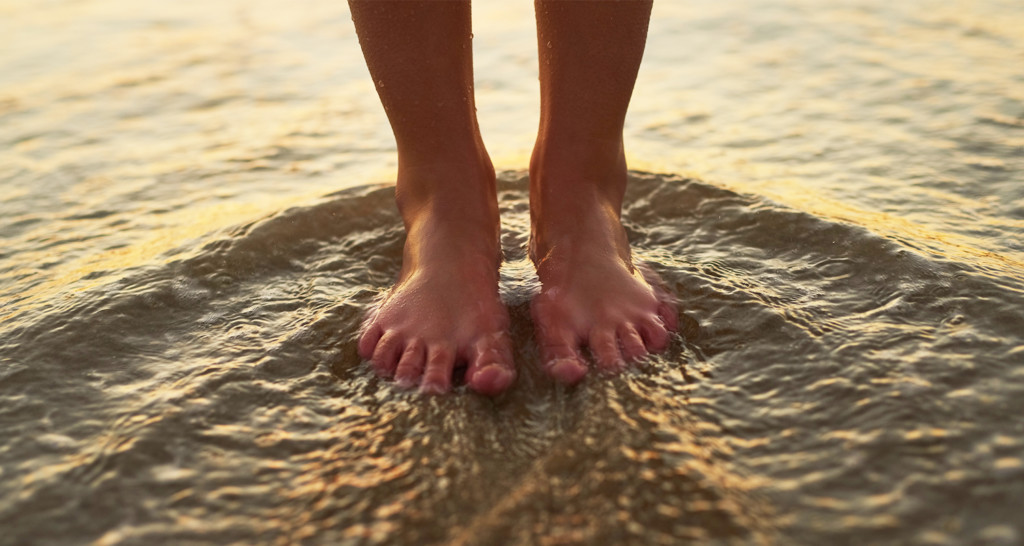


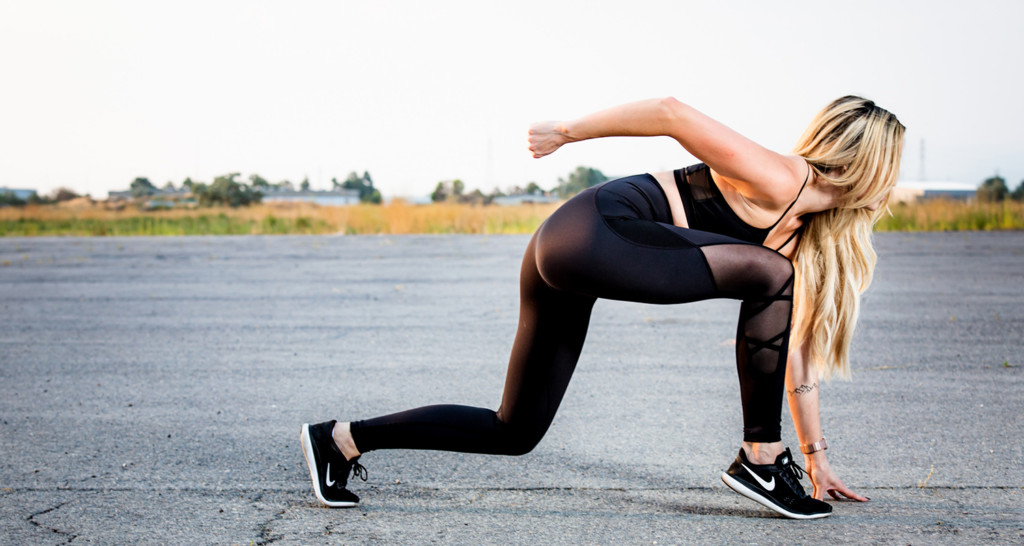


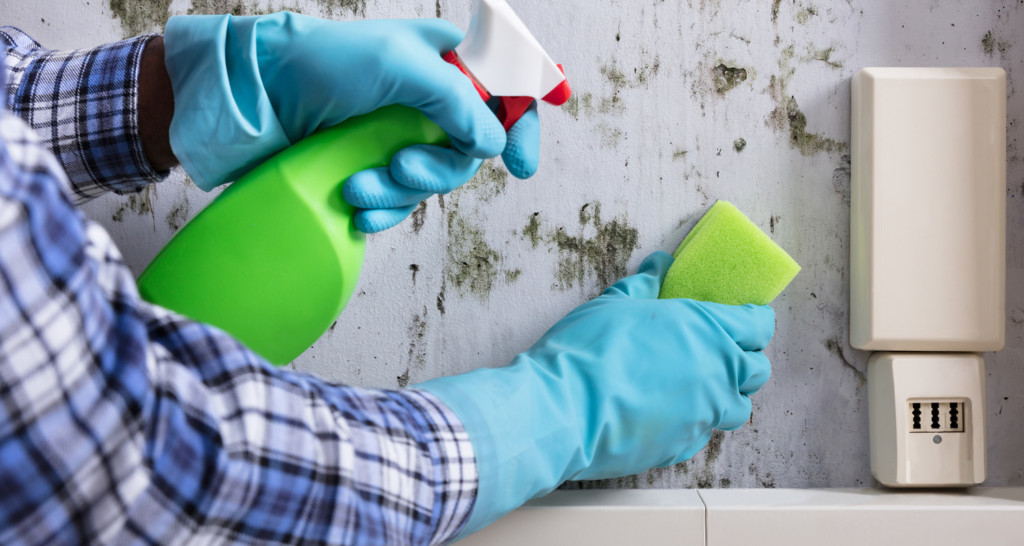
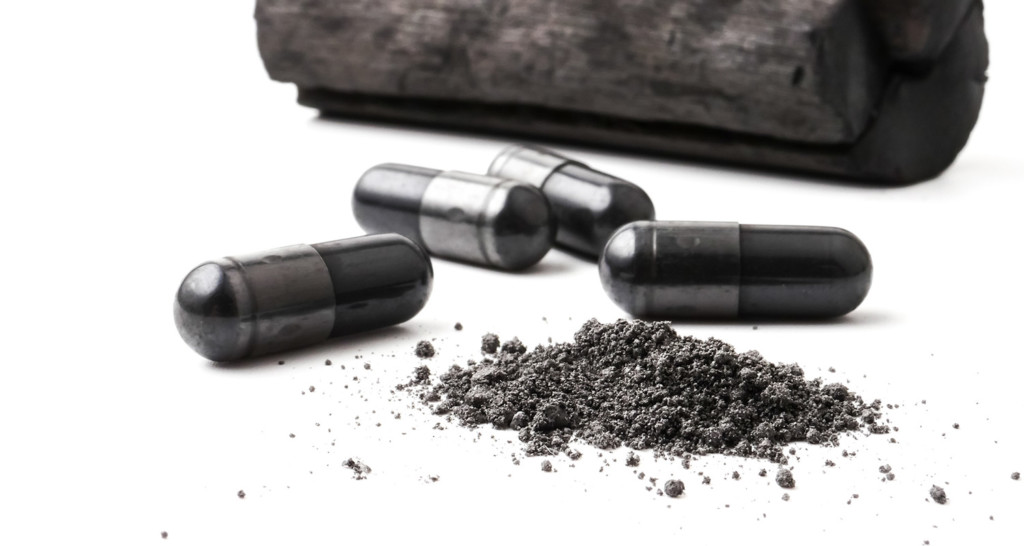

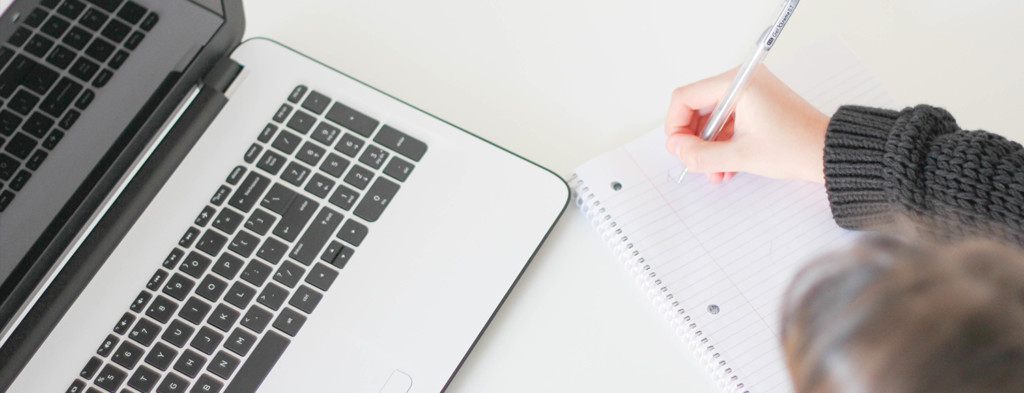
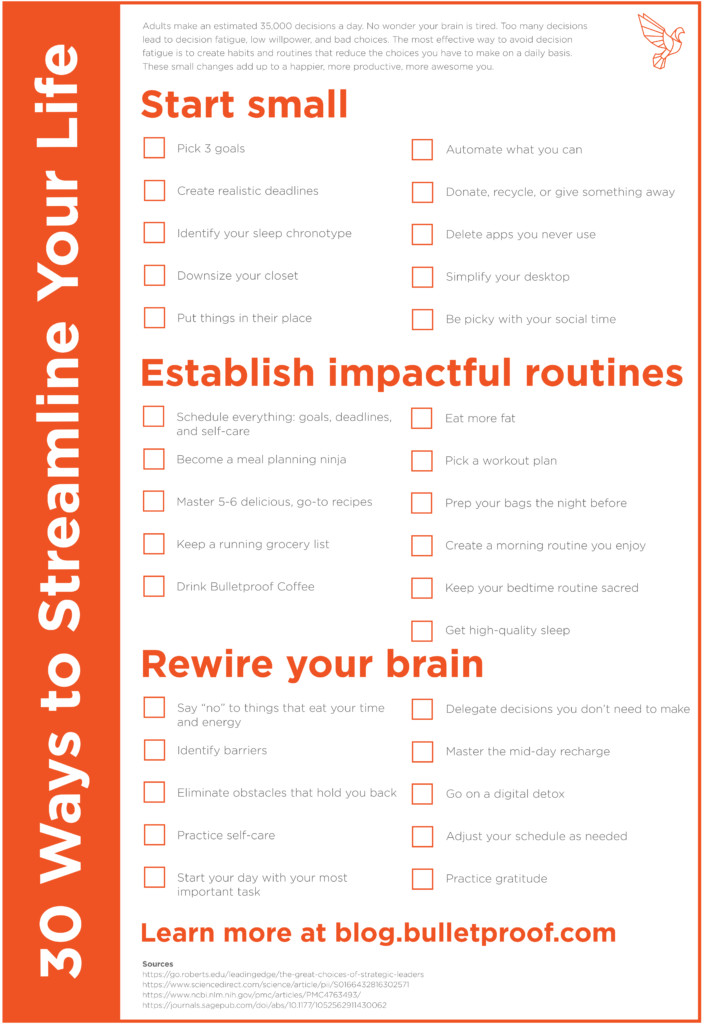


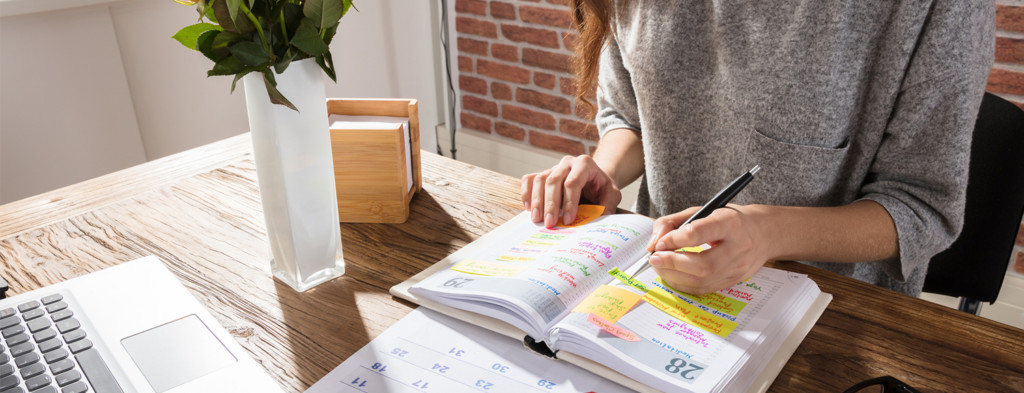

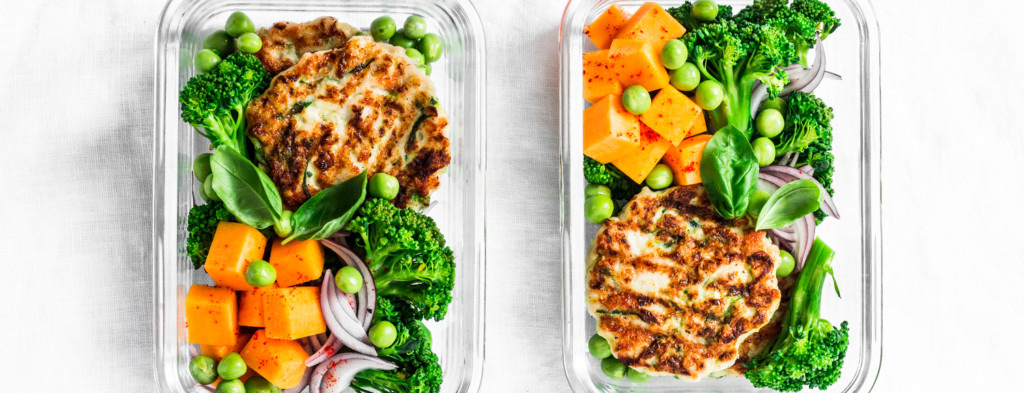
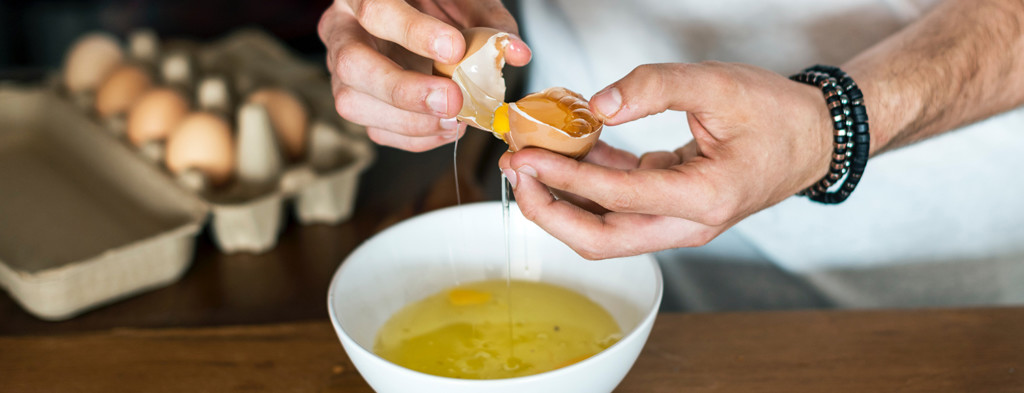


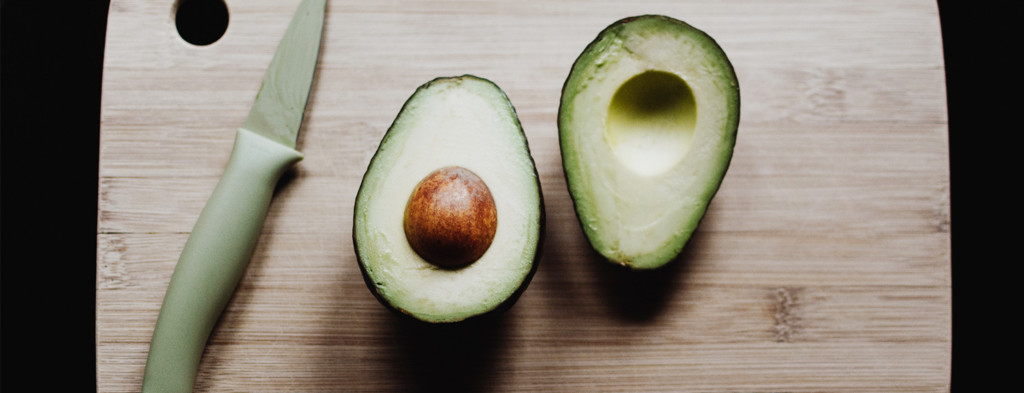

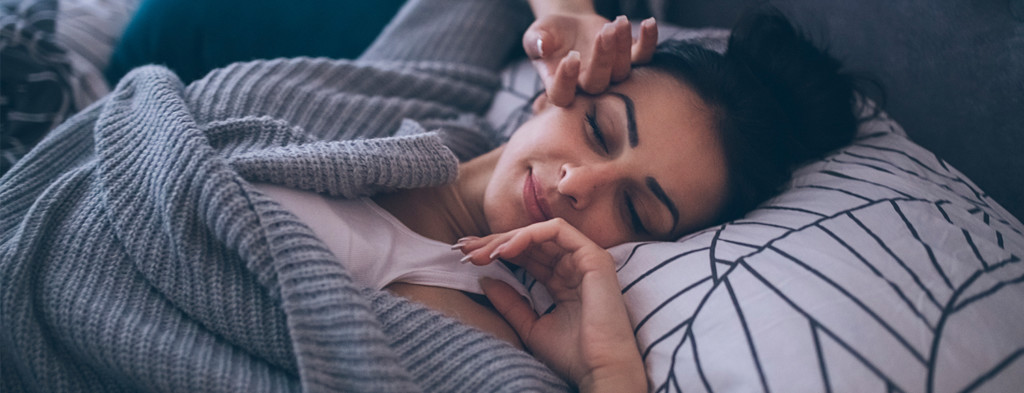








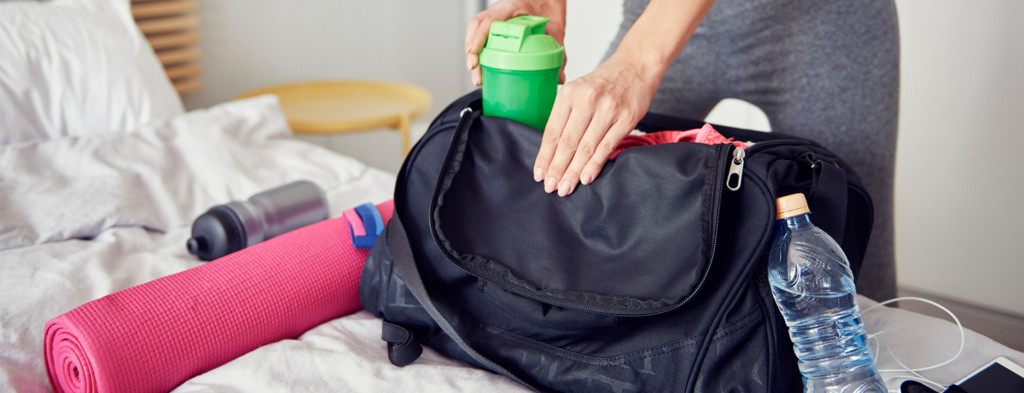



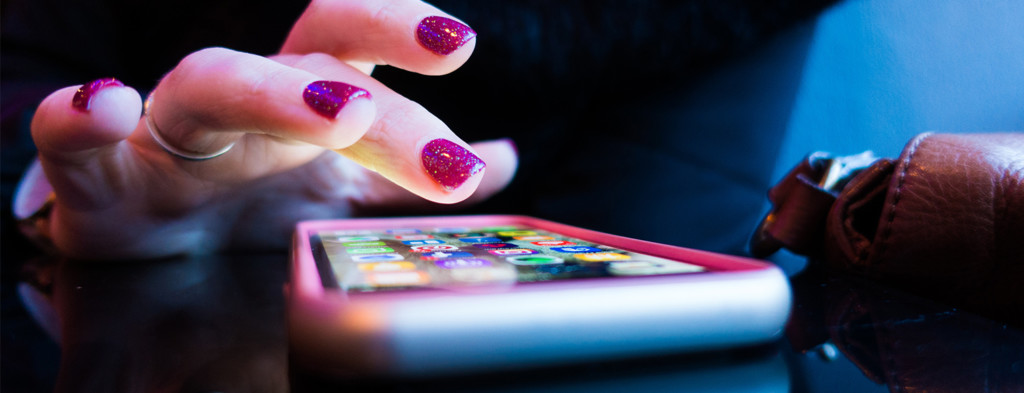

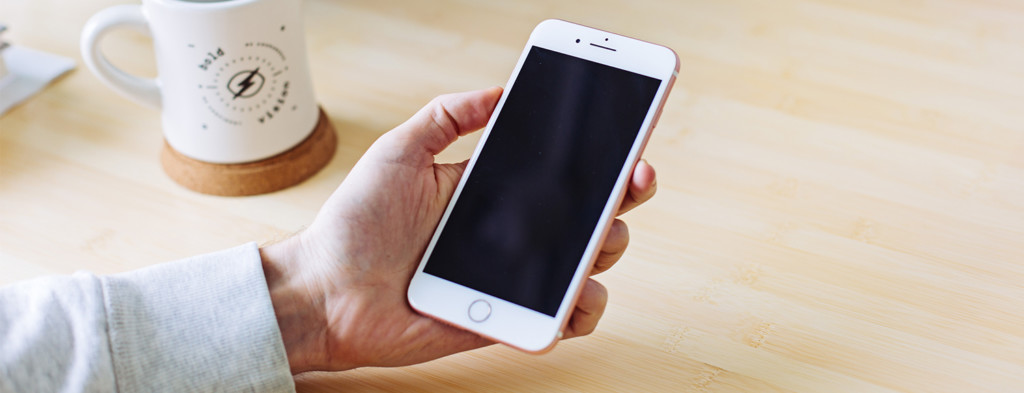

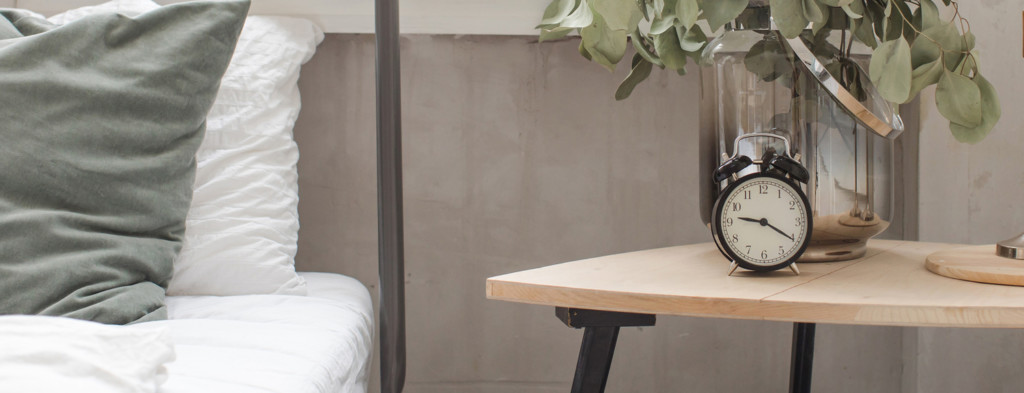



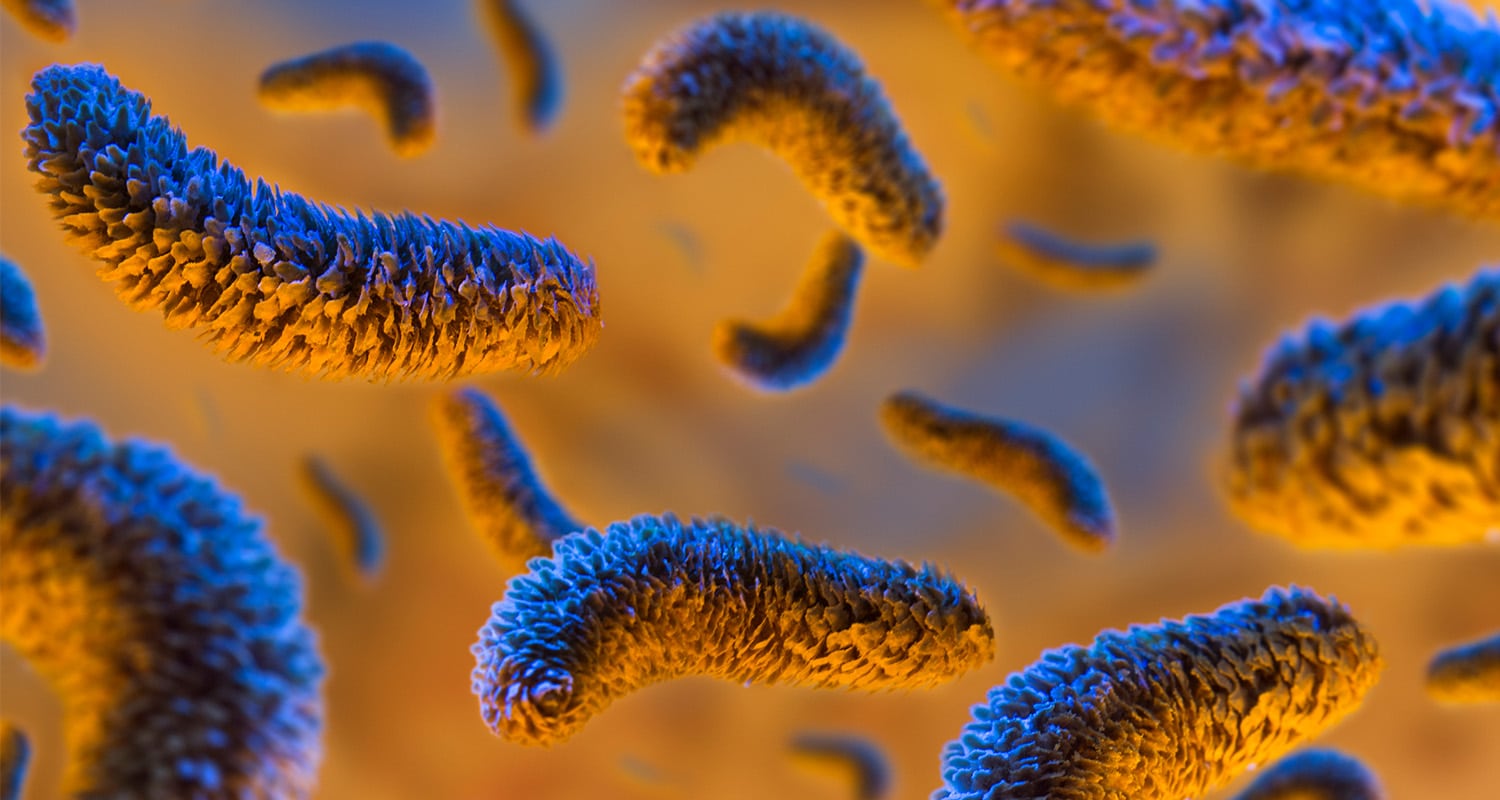 Back in 2004, Dr. Mary O’Brien, an oncologist at the Royal Marsden Hospital in London, injected lung cancer patients with a soil bacterium called Mycobacterium vaccae to see if it helped them live longer. It did not. However, patients did start getting happier. They reported a significant increase in overall quality of life, including more vitality and better brain function.[ref url=”https://www.ncbi.nlm.nih.gov/pubmed/15151947″]
Back in 2004, Dr. Mary O’Brien, an oncologist at the Royal Marsden Hospital in London, injected lung cancer patients with a soil bacterium called Mycobacterium vaccae to see if it helped them live longer. It did not. However, patients did start getting happier. They reported a significant increase in overall quality of life, including more vitality and better brain function.[ref url=”https://www.ncbi.nlm.nih.gov/pubmed/15151947″] In the 1980s, more and more Japanese citizens began moving from quiet rural villages to cities. Doctors noticed an increase in respiratory and immune problems, depression, and anxiety, and began prescribing shinrin-yoku, which translates to “taking in the forest.” They would have patients go for regular walks in the woods to improve their health.
In the 1980s, more and more Japanese citizens began moving from quiet rural villages to cities. Doctors noticed an increase in respiratory and immune problems, depression, and anxiety, and began prescribing shinrin-yoku, which translates to “taking in the forest.” They would have patients go for regular walks in the woods to improve their health. Just looking at pictures of plants eases stress, and real plants are even better.[ref url=”https://www.ncbi.nlm.nih.gov/pmc/articles/PMC3699874/”] It seems like there’s some hardwiring deep in your brain that rewards you for being surrounded by greenery. Get a couple plants for your room. Sansevieria trifasciata, also called a snake plant, can thrive at pretty much any light level, with minimal watering. If you get lots of direct sunlight in your room, a fiddle leaf fig is a beautiful option. Fiddle leaf figs are a little more delicate than snake plants, but their large, elegant leaves make them worth the effort. Water your plants, touch their soil, and look at them when you want to relax. And if you don’t want to care for something living, get a picture of trees and hang it on your wall. Even images of plants decrease cortisol and boost mood.
Just looking at pictures of plants eases stress, and real plants are even better.[ref url=”https://www.ncbi.nlm.nih.gov/pmc/articles/PMC3699874/”] It seems like there’s some hardwiring deep in your brain that rewards you for being surrounded by greenery. Get a couple plants for your room. Sansevieria trifasciata, also called a snake plant, can thrive at pretty much any light level, with minimal watering. If you get lots of direct sunlight in your room, a fiddle leaf fig is a beautiful option. Fiddle leaf figs are a little more delicate than snake plants, but their large, elegant leaves make them worth the effort. Water your plants, touch their soil, and look at them when you want to relax. And if you don’t want to care for something living, get a picture of trees and hang it on your wall. Even images of plants decrease cortisol and boost mood.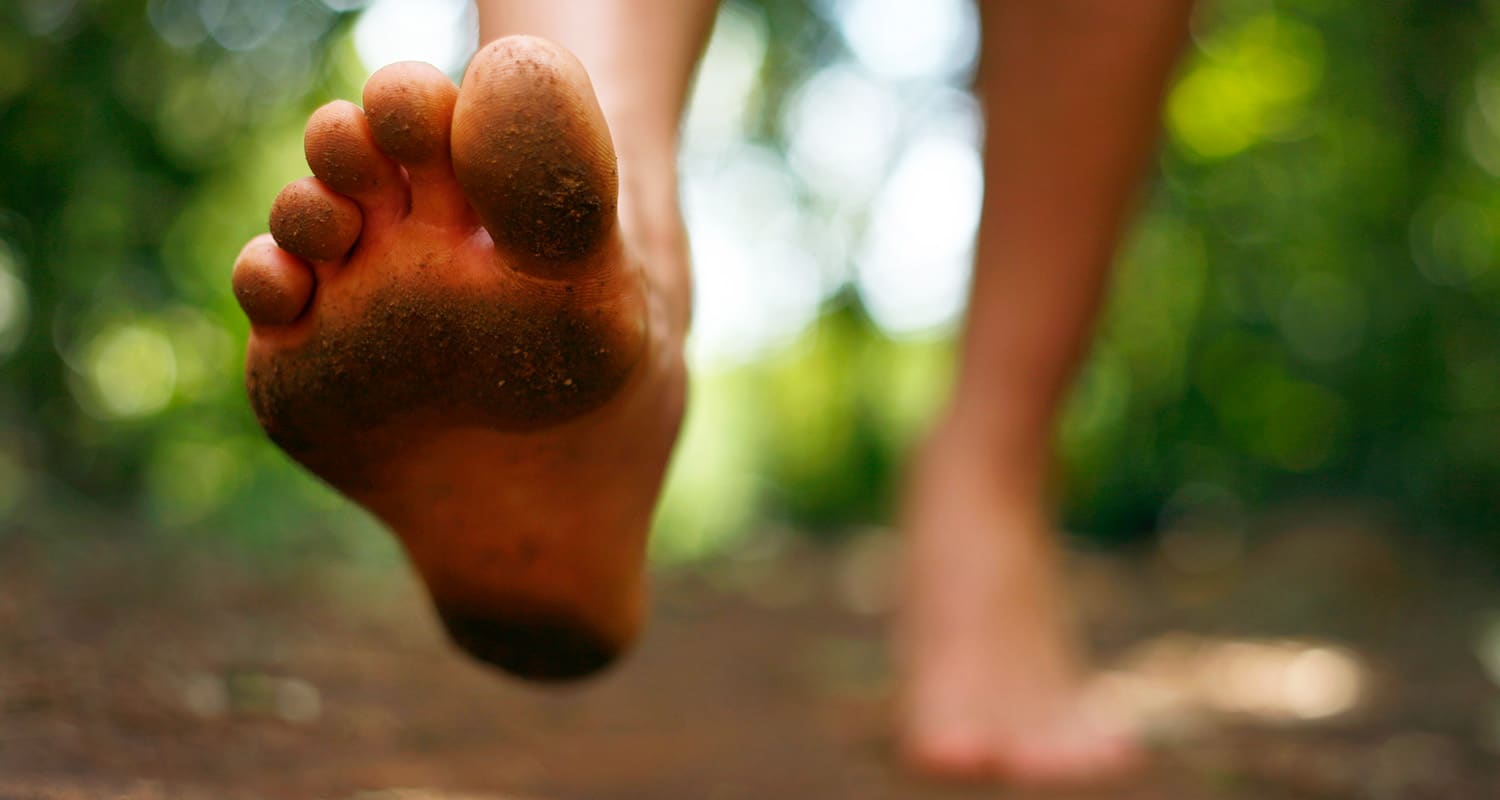 Stroll around on the dirt and grass with your shoes off. You’ll increase your gut biodiversity from the soil microbes on your skin, and you’ll enjoy all the mood-lifting benefits of being in nature. Bonus points if you climb a tree or roll around in mud for extra happiness-promoting M. vaccae exposure. (No wonder pigs are so happy.)
Stroll around on the dirt and grass with your shoes off. You’ll increase your gut biodiversity from the soil microbes on your skin, and you’ll enjoy all the mood-lifting benefits of being in nature. Bonus points if you climb a tree or roll around in mud for extra happiness-promoting M. vaccae exposure. (No wonder pigs are so happy.) Tomatoes, cucumbers, fresh herbs like basil and parsley — they’re all easy to grow as long as you have moderate sunlight. You can grow them in pots on your deck, and herbs are even good for a window garden. Gardening gives you the chance to work with soil on a regular basis. M. vaccae is one of the most common bacteria in soil; any natural soil that’s been enriched with organic matter will have it.
Tomatoes, cucumbers, fresh herbs like basil and parsley — they’re all easy to grow as long as you have moderate sunlight. You can grow them in pots on your deck, and herbs are even good for a window garden. Gardening gives you the chance to work with soil on a regular basis. M. vaccae is one of the most common bacteria in soil; any natural soil that’s been enriched with organic matter will have it.